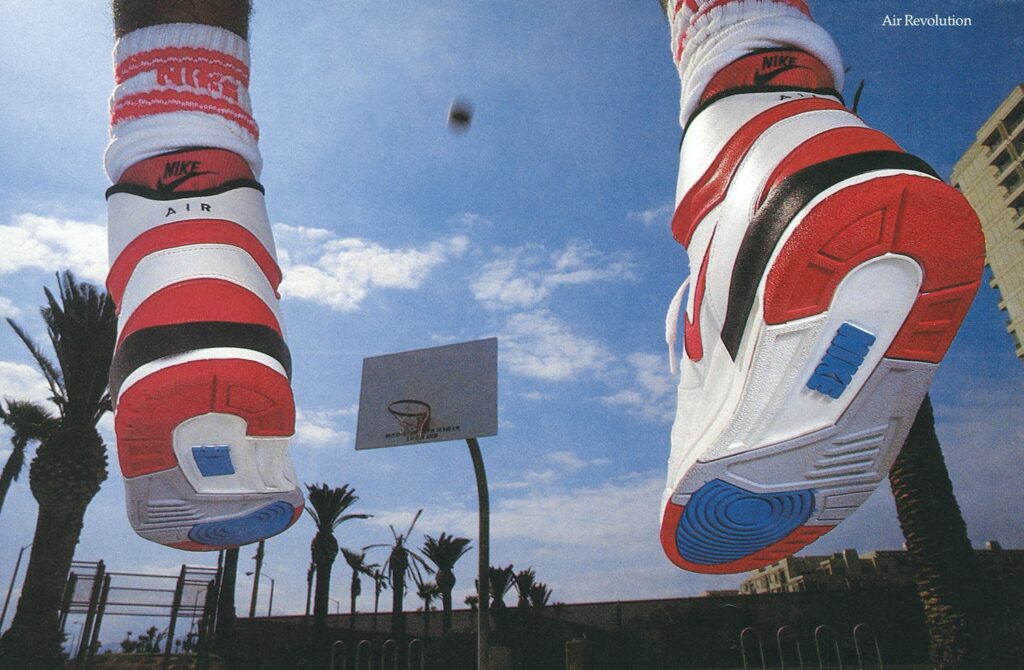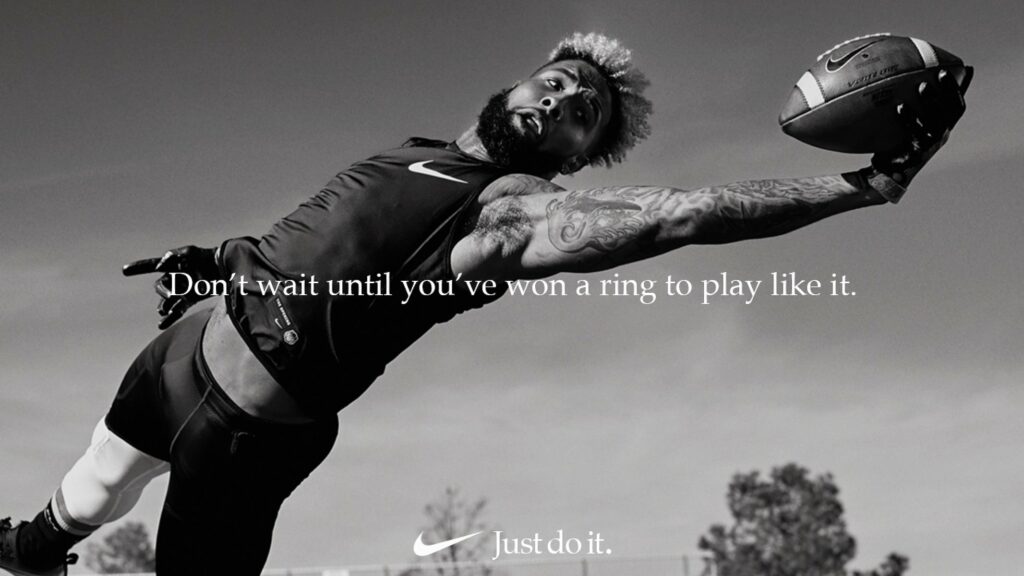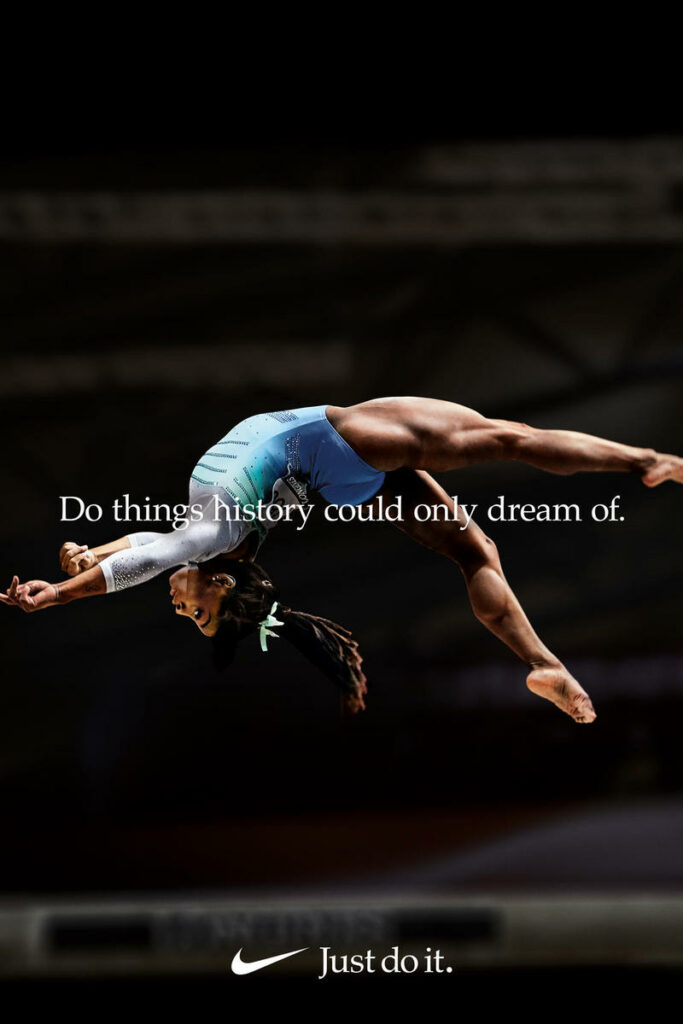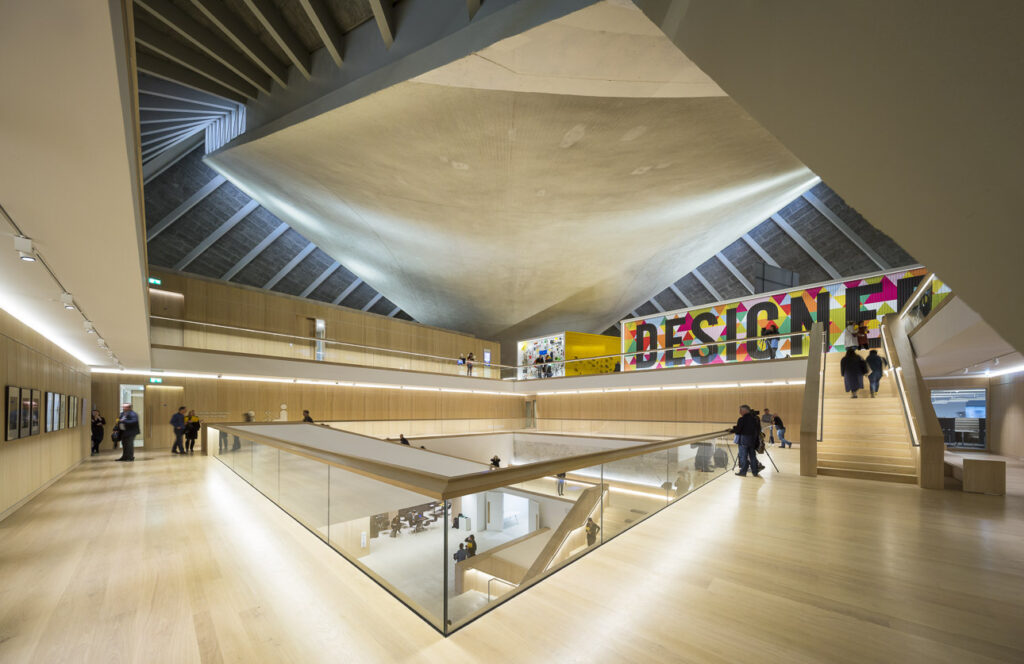Storytelling
Emotions
In my last blog post, I examined that authentic connections play an essential part in creating joyful experiences. But how is it possible to create authentic connections? One action to achieve that is using the power of storytelling. Storytelling is an essential part of humanity. Especially in Branding, it is valuable to build an emotional connection to people through stories that link humans to products on an emotional, empathic layer. Authentic stories stick in peoples minds and lead to higher engagement.
Case Study
Nike [1]

When it comes to Nike we can say that this brand has mastered the art of storytelling. Nike understands that harnessing emotion is the strategy to aim for instead of simply promoting features and benefits of the product.
“Why do people get married—or do anything?” Phil Knight posited to the Harvard Business Review in 1992. “Because of emotional ties. That’s what builds long-term relationships with the consumer, and that’s what our campaigns are about. Our advertising tries to link consumers to the Nike brand through the emotions of sports and fitness. We show competition, determination, achievement, fun, and even the spiritual rewards of participating in those activities.”
Nike’s mission is to bring inspiration and innovation to every athlete in the world.
Nike tells a story that everyone who has a body is an athlete and you don’t have to be a star on the court or the field to earn that label.
Nike’s story is based on a hero archetype. And one force we are all competing against is our inner self—our lazy self. That is something people can universally relate to and this topic hits a strong emotional pain point for people. Nike’s Slogan “Just do it!” perfectly takes approach on that pain point. The Slogan is a perfect call to action which makes you feel like victory. And exactly that message draws through all the brands communication. [2]

Sources:
[1] Grawe, Sam. (27/01/2021). How storytelling is at the heart of the Nike brand. URL: https://www.creativereview.co.uk/storytelling-nike-brand/
[2] Arek Dvornechcuck. Good Examples of Brand Storytelling. URL: https://www.ebaqdesign.com/blog/brand-storytelling


